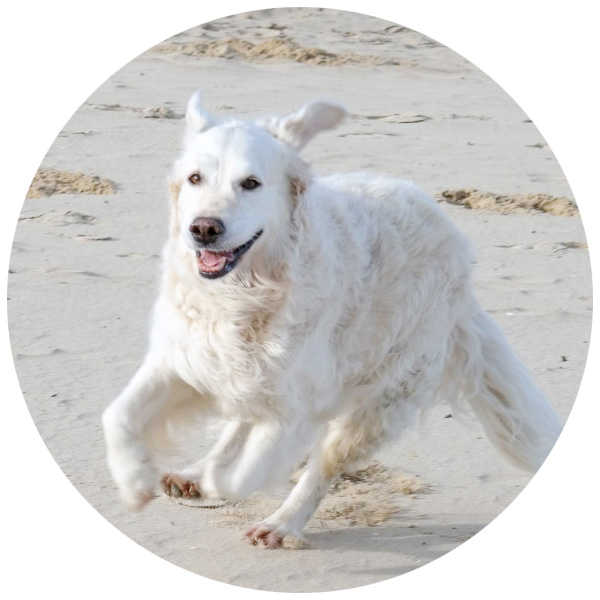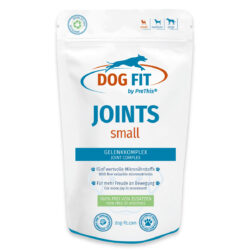Patellar Luxation in dogs
Patella luxation in dogs – causes, severity and accompanying measures
Patella luxation in dogs is a common orthopedic change in which the kneecap (patella) leaves its normal position. Smaller dog breeds such as Chihuahuas or Yorkshire Terriers are particularly affected, but large dogs can also be affected due to a genetic predisposition or unfavorable stress during growth.
How does patellar luxation occur?
The cause is usually a congenital malformation of the knee joint, in which the kneecap sits too loosely in the gliding bearing or the tibia is incorrectly aligned. Age-related tissue changes, inadequate nutrition, or excess weight can also increase the risk. The condition of the surrounding tissue – such as fascia, tendons, and ligaments – also plays an important role.
When stressed, the kneecap can “pop out.” It usually slides back in place on its own. In more severe cases, manual repositioning is necessary – or the misalignment may persist permanently.
The four degrees of severity at a glance
- Grade I: The kneecap rarely pops out and slides back in place spontaneously. Usually symptom-free.
- Grade II: The kneecap remains outside the gliding track, but slides back during movement or extension. The dog occasionally limps.
- Grade III: The patellar luxation occurs frequently; the dog exhibits a clear protective posture and rarely puts weight on the leg.
- Grade IV: Permanent luxation. The kneecap can no longer be put back into place – surgical correction is usually necessary.
Accompanying changes in the knee joint
As a result of the patellar luxation, friction in the joint, cartilage degradation, reduced synovial fluid, and overloading of surrounding structures can occur. This promotes secondary problems such as osteoarthritis. Therefore, the musculoskeletal system should be supported as early as possible – both structurally and metabolically.
Early supportive measures
In many cases, surgery can be avoided or delayed through early conservative support. Physiotherapy, weight management, and the supply of carefully balanced micronutrients can help maintain mobility and reduce stress on the knee joint.
Further aspects in dealing with patellar luxation
Peaks in everyday life can also be specifically avoided. Jumping movements, tight turns, or climbing stairs should be reduced. At the same time, regular, joint-friendly exercise is recommended to strengthen the muscles and support the functional development of the surrounding tissue. Individually tailored training and an ergonomic environment make an important contribution to this.

